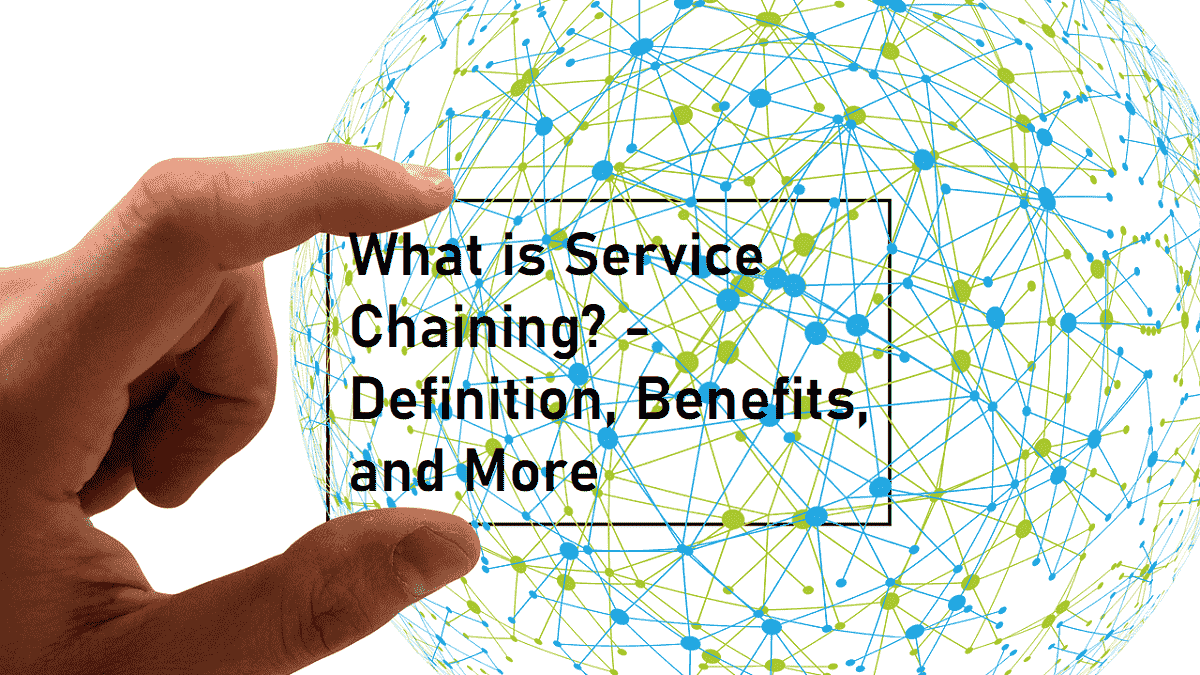Service Chaining Definition
Service Chaining is capable of using software-defined networking (SDN) and capabilities to create a service chain of connected network services.
It is also known as Service Function Chaining(SFC) and also connects them in a virtual chain.
Network operators use this to set up suites or catalogs of services that enable the use of a single network connection for many functions.
An SDN controller could take a chain of services and apply them to traffic flows that depend on the source, destination, and type of traffic.
Also Read: What is a SFC (Service Function Chaining)? – Definition and More
What are the benefits of Service Chaining?
It includes many SDN and network functions virtualization (NFV) use cases and deployments.
- And also, including data centers, carrier networks (services for S/Gi-LANs), virtual customer edge, and virtual customer premises deployments.
- Similarly, A video or VOIP session has more demands than simple Web access.
- It can be beneficial by enabling automate provisioning of network applications that may have different characteristics.
- Automated can enable these sessions to set up and torn down dynamically without requiring human intervention.
- Another benefit of it is optimizing the use of network resources and improving application performance.
How does Service Chain provisioning with NFV?
- The “Chain” in service chaining represents the services that can be connected across the network using software provisioning.
- It is essential in the NFV world, where new services instantiate as software, running on commodity hardware.
- SFC and SDN network standards developed in several industry groups.
- The Internet Engineering Task Force (IETF) developing a service function chaining (SFC) architecture to define how network flow.
- And also, classification can be cast-off to route traffic between service functions.
- The European Telecommunications Standards Institute (ETSI) has a service architecture that uses network forwarding graphs.
And also, the Open Networking Foundation(ONF) has proposed a software-defined networking, SDN framework using OpenFlow to direct traffic to the appropriate service functions.
Also Read: What is the Overlay Network? – Definition, Objectives and More
Kamran Sharief
Related posts
Recent Posts
GameStop Near Me Minnesota, United States
GameStop Near Me Minnesota, United States Welcome to Computer Tech Reviews. Do you need help finding GameStop Stores Near you in…
Top 10 Electronics Stores Near Me in Belmont, California, USA
Top 10 Electronics Stores Near Me in Belmont, California, USA Have you recently moved to Belmont, California, USA? If so,…



